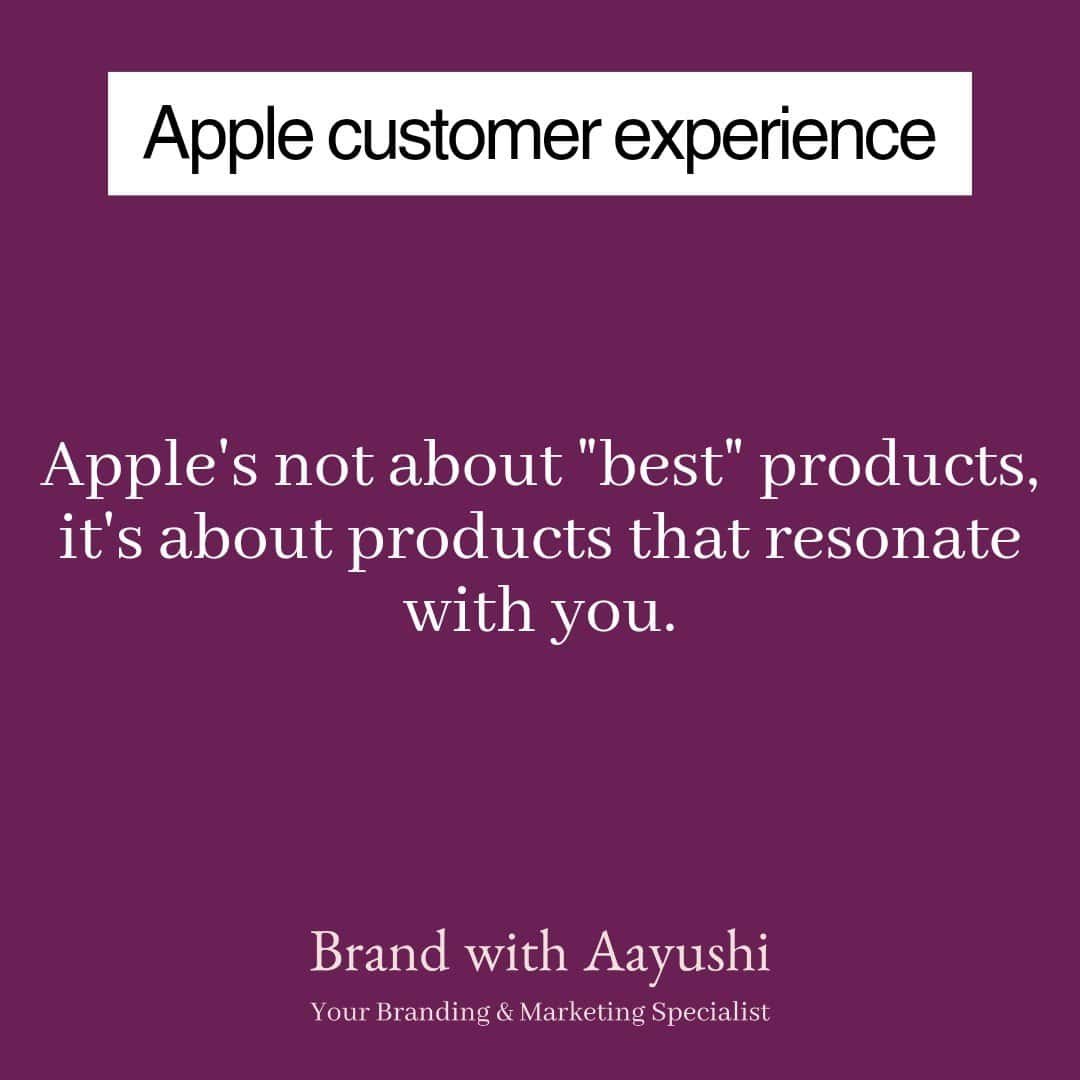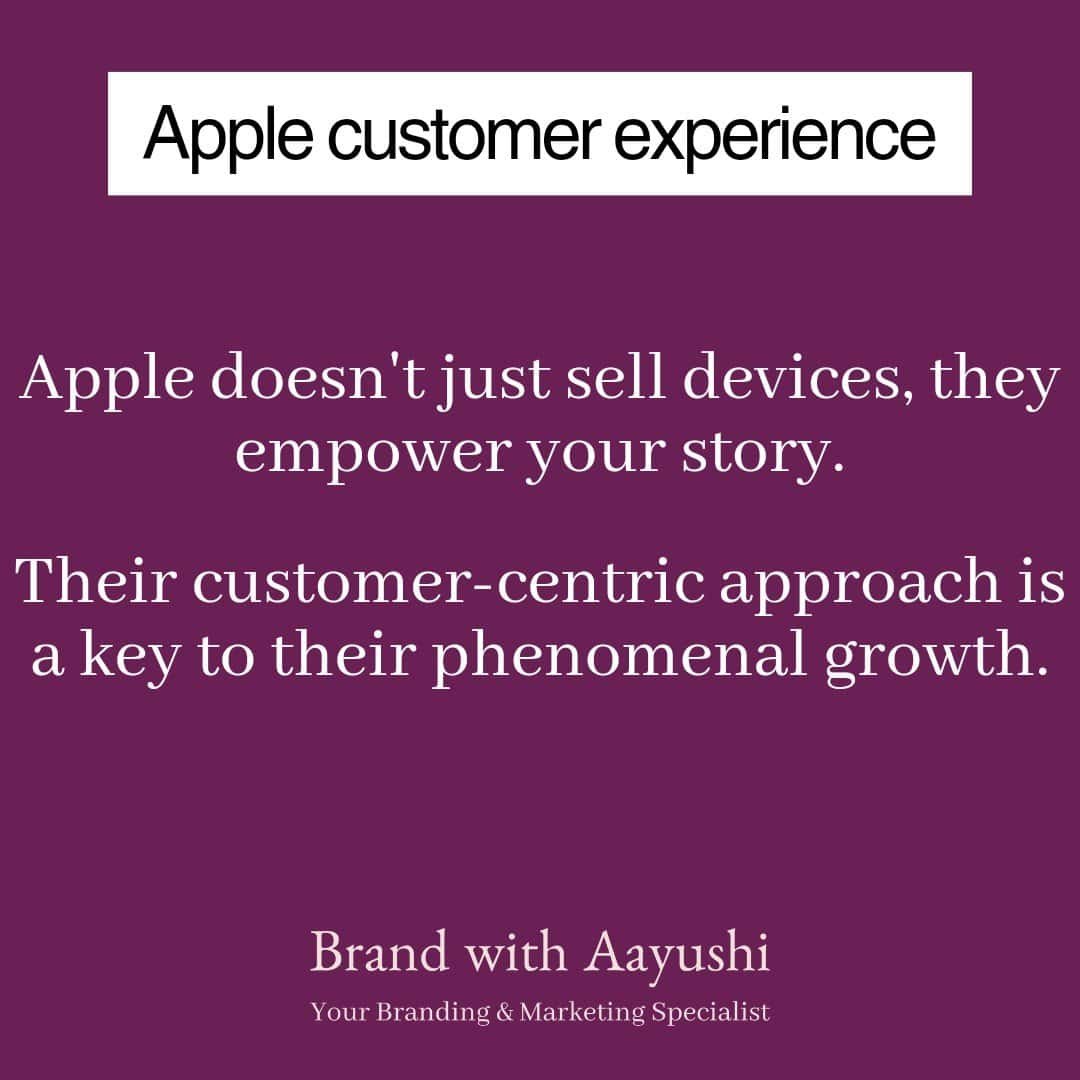Think of Apple, and what comes to mind? Sleek devices, cutting-edge technology, a premium lifestyle? That image isn’t by accident. It’s the result of powerful brand messaging that resonates deeply with their audience. Apple’s brand messaging goes beyond just advertising products. It communicates a lifestyle, a set of values, and an identity that consumers want to align with. This messaging tells a story that connects on an emotional level, making Apple not just a company, but a part of your life.
Apple: The Tech Giant with a Human Touch
Did you know Apple is the world’s largest tech company? They didn’t get there just by making cool gadgets. They cracked the code on understanding their customers as living, breathing people with dreams and desires. It all started with a simple, two-word message plastered across billboards everywhere: “Think different.” This wasn’t just a slogan, it was an invitation. An invitation to unleash your creativity, to be the rebel, the visionary, the one who dared to challenge the status quo.
Apple saw the stories their customers were longing to tell. They understood the challenge: people felt their genius was unrecognized, their voices unheard. So, Apple offered the tool: beautifully designed computers and smartphones that empowered users to express themselves and turn their ideas into reality. The time they invested in clarifying their role in the customer’s story is a major reason for their massive growth.

Apple: It’s Not About the Best, It’s About Understanding You
Let’s be honest, Apple doesn’t necessarily make the absolute best computers or phones on the market, feature for feature. Tech enthusiasts and reviewers will happily debate that. But people don’t always buy the “best”; they buy what they understand and connect with. Here’s the thing: Apple products are easy to understand. They’re intuitive and user-friendly. There’s a certain elegance in their design, a simplicity that makes even complex technology feel approachable.
Apple isn’t just selling technology; they’re selling a seamless experience. They’ve inserted themselves into your story like no other tech company ever has. They get that you want to be seen, you want to be heard, and you want to create and connect. They’ve given you the tools to do just that, whether it’s capturing a breathtaking photo on your iPhone or crafting a powerful presentation on your iPad.

The Three Pillars of Apple’s Brand Messaging Magic
So, how exactly did Apple weave this magic spell? Let’s break down the three core pillars that underpin their successful brand messaging strategy:
- Identifying Customer Needs: Apple doesn’t just throw products at the wall and see what sticks. They meticulously research and understand their target audience. They know what their customers want: to be recognized for their individuality and creativity. They want tools that empower them to achieve their goals and express themselves authentically.
- Defining Customer Challenges: Apple understands the hidden frustrations and limitations people face in the digital world. People might feel intimidated by technology, unsure of how to harness its full potential. Maybe they feel their creative spark is being stifled by clunky interfaces and unintuitive software.
- Offering the Perfect Solution: This is where Apple swoops in as the hero. They offer a solution that addresses those challenges. Their user-friendly devices and intuitive software empower users to overcome those limitations and unlock their creative potential. Apple products become an extension of yourself, a tool to bring your ideas to life.
Apple’s success story is a testament to the power of focusing on the customer journey. They don’t just sell products; they sell the feeling of accomplishment, the joy of creation, the power of connection.

Crafting a Story Around Your Brand: Lessons from Apple
Apple’s brand messaging is a masterclass in storytelling. They’ve woven a narrative where the customer is the hero, and Apple products are the tools that help them overcome obstacles and achieve their goals. Here are some key takeaways to incorporate storytelling into your own brand messaging strategy:
- Focus on the “Why”: People don’t just buy products; they buy into the story behind the brand. What is your brand’s purpose? Why does your company exist? What values do you stand for? Communicate this “why” in your messaging, and you’ll connect with customers on a deeper level.
- Evoke Emotion: Facts and figures tell part of the story, but emotions are what truly resonate. Apple’s campaigns tap into universal feelings of creativity, innovation, and connection. Think about the emotions your brand evokes and weave them into your messaging.
- Make it Relatable: People connect with stories they can see themselves in. Showcase real people using your product, using your service in the most natural way!

The Power of Simplicity: Why Apple Avoids Jargon
Apple’s brand messaging thrives on simplicity. They understand that complex technical jargon can alienate potential customers. Imagine walking into a car dealership and being bombarded with terms like “hemispherical combustion chambers” and “low-latency turbochargers.” It’s overwhelming, right? Apple avoids this by focusing on the benefits their products offer, not the technical specs.
Instead of dry specs and features, Apple paints a picture. They showcase how their intuitive design and user-friendly interface make technology accessible to everyone, from seasoned professionals to soccer moms. Their messaging highlights how their products can simplify your life, free up your time for creativity, and empower you to do more.

Building an Emotional Connection: The Power of Feelings
Apple’s brand messaging goes beyond functionality. They understand the power of emotions. Their marketing campaigns don’t just showcase products; they evoke feelings of joy, inspiration, and accomplishment. Think about the now-iconic “Think Different” campaign. It didn’t talk about processing speeds or megapixels. Instead, it celebrated the dreamers, the rebels, the non-conformists. It positioned Apple as a brand for those who dared to challenge the status quo, who dared to be different. This campaign resonated deeply with a generation yearning to break free from the mold.
Apple continues to tap into this emotional connection. Look at their “Shot on iPhone” campaign. This campaign bypasses technical jargon altogether. Instead, it showcases the stunning photos and videos captured by iPhone users around the world. It celebrates the creativity and diversity of their user base and subtly reinforces the message that iPhones are powerful tools for artistic expression.

Customer Advocacy: The Apple Fan Phenomenon
Apple’s brand messaging has fostered a unique phenomenon: the Apple fan. These aren’t just loyal customers; they’re advocates. They’re the ones lining up before dawn for product launches, eagerly sharing their love for the brand on social media, and proudly sporting the Apple logo.
This level of devotion isn’t an accident. It’s a direct result of Apple’s customer-centric messaging. Apple positions their customers as heroes in their own stories, and their products as the tools that empower them to achieve their goals. This emotional connection fosters a sense of community and belonging among Apple users, turning them into passionate brand advocates.
The Apple Store Experience: A Physical Manifestation of the Brand
Apple’s brand messaging isn’t confined to commercials and billboards. It permeates every aspect of the customer experience. Walk into an Apple Store, and you’re greeted by a clean, minimalist space that reflects the brand’s focus on simplicity and elegance. The friendly, knowledgeable staff isn’t there to pressure you into a sale; they’re there to answer your questions and help you find the perfect solution for your needs.
The entire Apple Store experience reinforces the brand message. It’s a seamless extension of the emotions and stories evoked in their marketing campaigns. It’s a place where you can explore your creativity, learn new skills, and connect with technology in a way that feels empowering and approachable.
The Consistency Trap: Why Brand Messaging Needs to Evolve
While consistency is crucial for brand messaging, there’s a fine line to avoid falling into the “consistency trap.” The world is constantly evolving, and customer needs and preferences change over time. A brand message that resonated deeply five years ago might feel outdated today.
Apple understands this. While they maintain a core brand identity built on simplicity, creativity, and user-friendliness, they also adapt their messaging to stay relevant. They embrace new technologies like augmented reality and artificial intelligence, while ensuring these advancements seamlessly integrate into the existing Apple ecosystem.
Lessons Learned: Crafting Your Brand Messaging Masterpiece
Apple’s success story offers valuable lessons for businesses of all sizes. Here are some key takeaways to incorporate into your own brand messaging strategy:
- Know Your Audience: Conduct thorough market research to understand your target audience. What are their needs, desires, and pain points? How can your brand solve their problems and improve their lives?
- Define Your Brand Identity: What are your brand’s core values and personality? What makes you unique? Clearly articulate your brand identity and ensure your messaging reflects it.
- Focus on Benefits, Not Features: Don’t get bogged down in technical jargon. Highlight the benefits and experiences your products or services offer. Show your audience how your brand can make their lives better.
- Tell a Story: People connect with stories. Craft a compelling narrative that positions your customers as the heroes and your brand as the guide. Evoke emotions and create